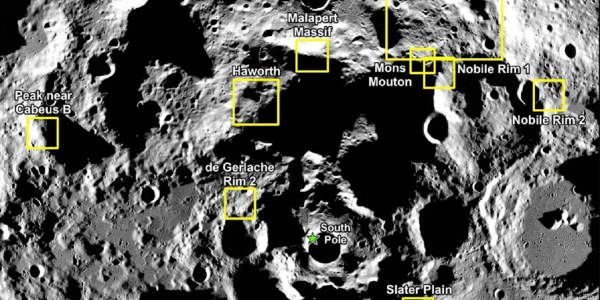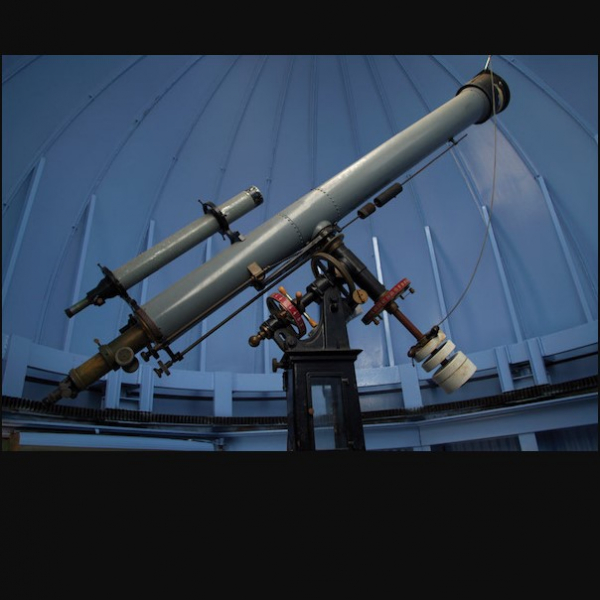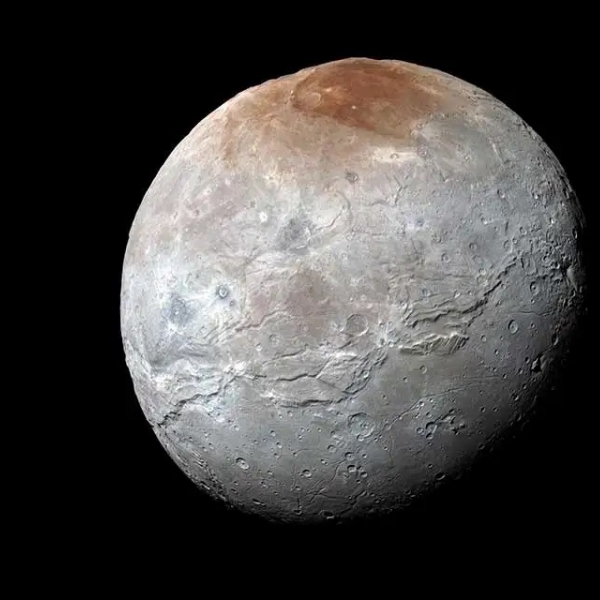As NASA prepares for the first crewed Moon landing in more than five decades, the agency has identified an updated set of nine potential landing regions near the lunar South Pole for its Artemis III mission. These areas will be further investigated through scientific and engineering study. NASA will continue to survey potential areas for missions following Artemis III, including areas beyond these nine regions.
“Artemis will return humanity to the Moon and visit unexplored areas. NASA’s selection of these regions shows our commitment to landing crew safely near the lunar South Pole, where they will help uncover new scientific discoveries and learn to live on the lunar surface,” said Lakiesha Hawkins, assistant deputy associate administrator, Moon to Mars Program Office.
NASA’s Cross Agency Site Selection Analysis team, working closely with science and industry partners, added, and excluded potential landing regions, which were assessed for their science value and mission availability.

To select these landing regions, a multidisciplinary team of scientists and engineers analyzed the lunar South Pole region using data from NASA’s Lunar Reconnaissance Orbiter and a vast body of lunar science research. Factors in the selection process included science potential, launch window availability, terrain suitability, communication capabilities with Earth, and lighting conditions. Additionally, the team assessed the combined trajectory capabilities of NASA’s SLS (Space Launch System) rocket, the Orion spacecraft, and Starship HLS (Human Landing System) to ensure safe and accessible landing sites.
Brad Jolliff, Scott Rudolph Professor of Earth, Environmental, and Planetary Sciences in Arts & Sciences at WashU and Director of the McDonnell Center for the Space Sciences, is a member of the Artemis III geology team. The team evaluated the landing regions for their scientific potential. Sites within each of the nine identified regions could provide key new insights into our understanding of rocky planets, lunar resources, and the history of our solar system.
"Science is just one of many considerations for the landing site selection," said Jolliff. "Other aspects include launch window availability, terrain suitability, communication capabilities with Earth, illumination conditions, and the combined trajectory capabilities of NASA’s Space Launch System rocket, the Orion spacecraft, and the Starship HLS (Human Landing System). Safety and accessibility are key! Then, within those constraints, the science team looks at how well the science objectives can be met at the candidate sites. Within the broad areas indicated in the press release, some locations are better than others, and it is our job to help NASA evaluate how we can get the best science. We want to test the regolith (soil) near the south pole of the Moon for H2O ice and perhaps other volatiles, we want to test the physical properties of the regolith and compare to the sites where Apollo and other missions have landed, and we want to sample boulders and rocks associated with fresh impact craters that will provide new clues to the geologic history of the Moon from a perspective far removed from the "Apollo zone."





